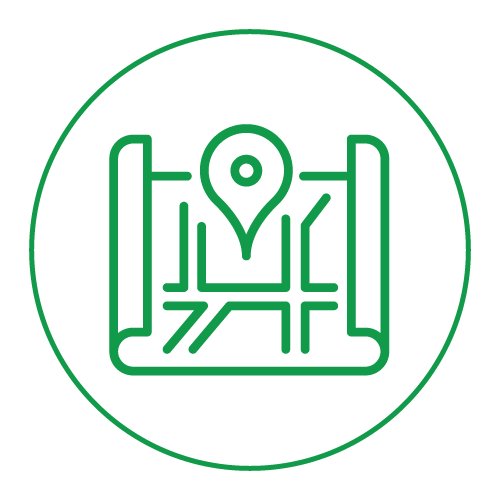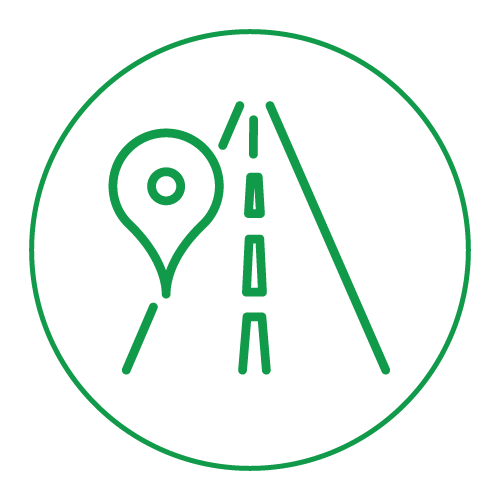Conducting Walk and Bike Assessments
Walk and bike assessments are tools to help schools, parents, students, and the community identify barriers that may make it difficult or dangerous for children to walk or bike to school. These assessments evaluate the sidewalk, road and neighborhood conditions around the school, and will identify key safety improvements that can make walking and biking a safer and easier way to get to school.
How Do Walk and Bike Assessments Fit Into School Travel Plans?
The results of these assessments help describe the existing conditions around your school, the first step in drafting a School Travel Plan. They will identify potential problems that exist for students who already walk or bike to school and barriers that prevent others from walking or biking. The assessments can also suggest ideas for potential improvements you may propose in a school travel plan. Completing another assessment after your school travel plan has been implemented can also help to monitor the school travel plan’s progress.
Do I Need to Complete Both Walk and Bike Assessments?
No, but it is highly recommended you complete both assessments. The assessments are very similar, but the challenges pedestrians and bicyclists face can be very different. For example, a few minor cracks in the sidewalk might be fine if you are walking, but a smooth road surface which is free of debris that can cause flat tires is much more important for bicyclists. The Walk to School Assessment may help identify areas where crosswalks are faded or missing, however it will not indicate whether or not there is a safe place to lock bikes at school. Therefore, it is important to conduct both walk and bike assessments.
How Do I Conduct the Assessments?
It’s easy to get started on your own walking and biking assessment!
- Form your team: You can do an assessment by yourself, but it’s a good idea to include school administrators, parents, teachers, students, municipal engineers and planners, or local elected officials. The more input you have and stakeholders you include, the better your assessment will be. Make sure you have a team leader who will collect all the assessments when you finish and summarize the results.
- Map your school: Draw out a route to or from the school that you will follow and be sure to include streets where children often walk or bike. We usually recommend that the route be at least one half mile in length, since conditions differ from street to street. You can use paper road maps or use our online tools to Map Your School Neighborhood.
- Pick a day and time: The best days to perform these assessments are Tuesdays through Thursdays (the “average” school day), during the times when children will be traveling to and from school.
- Prepare your materials: Make sure everyone who will be completing an assessment has copies and map. It’s a good idea to bring a camera to take pictures of your route, particularly to note areas of concern.
- Collect all the assessments: Make sure all participants turn in their assessments and photographs to the team leader. The leader should use the assessments to summarize the existing conditions and areas of concern for walking and biking around the school neighborhood for inclusion in the School Travel Plan.








